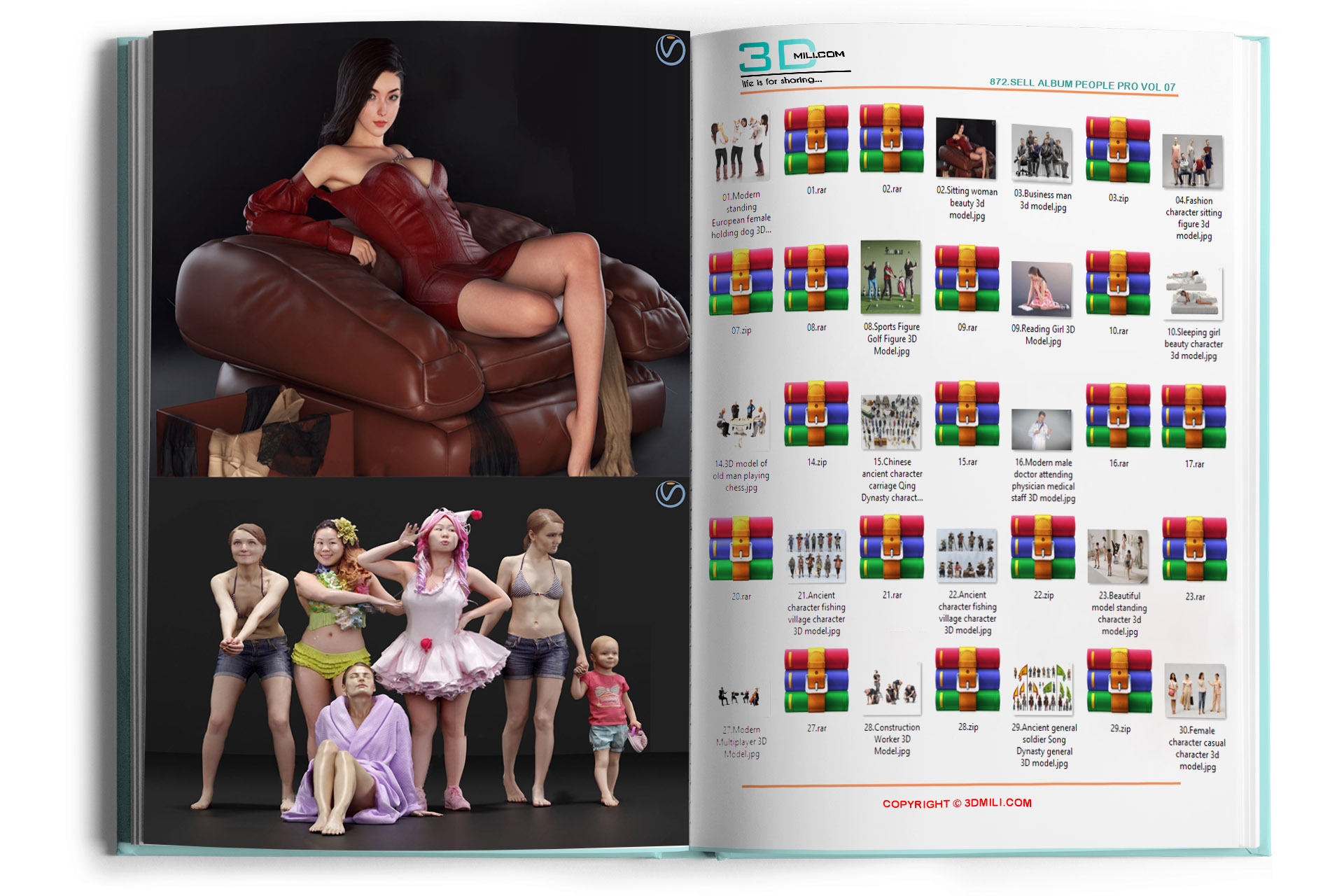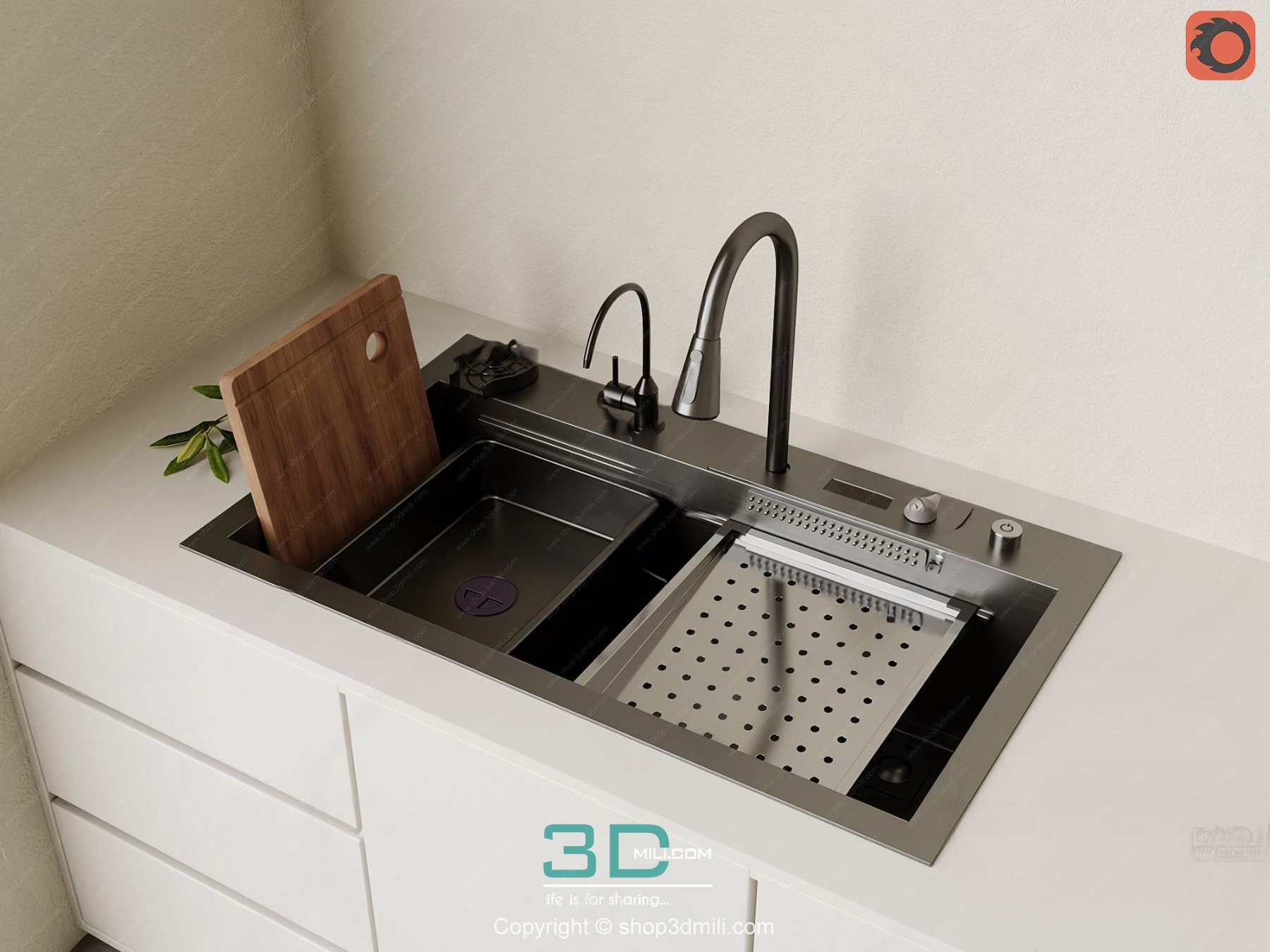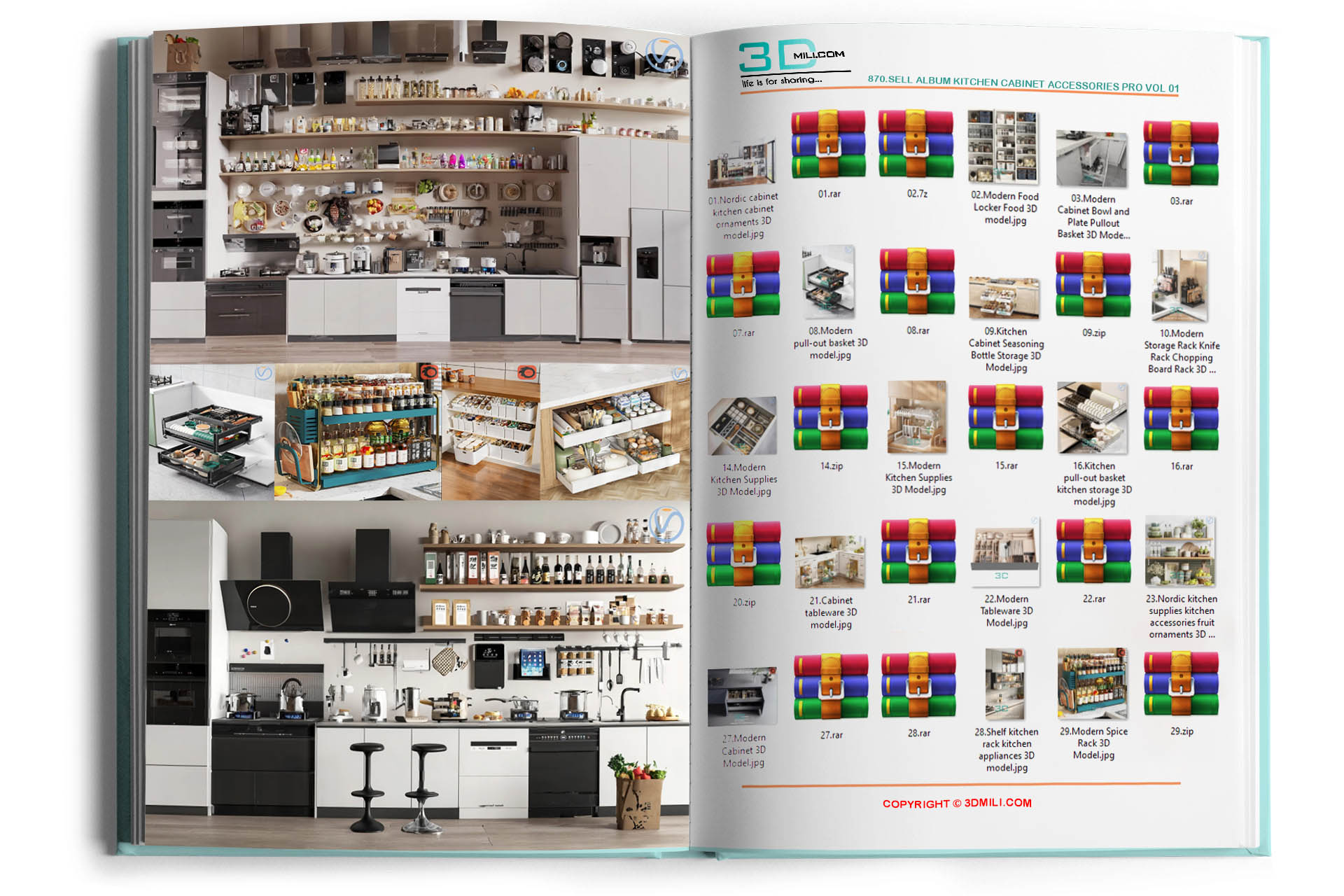## Modern All-in-One Bookcase 3D Model: A Design Deep Dive
This document explores the design considerations, functionalities, and potential applications of a modern all-in-one bookcase 3D model. We will delve into the key features, target audience, and the advantages of utilizing a 3D model in its development and marketing.
Part 1: Design Philosophy & Target Audience
The design philosophy behind this *modern all-in-one bookcase* centers on the concept of *minimalism* and *multi-functionality*. In today's increasingly compact living spaces, furniture needs to be both aesthetically pleasing and highly efficient. This bookcase aims to address this need by offering a sleek, contemporary design that seamlessly integrates storage, display, and potentially other functionalities, all within a single, space-saving unit.
The *target audience* for this design is broad, encompassing young professionals, students, and homeowners seeking a stylish and practical solution for their storage needs. Specifically, we're aiming for individuals who appreciate *clean lines*, *modern aesthetics*, and *versatile furniture*. The design's adaptable nature allows it to fit seamlessly into various interior styles, from minimalist and Scandinavian to contemporary and industrial.
Key demographic characteristics include:
* Age: 25-55 years old
* Lifestyle: Busy professionals, students, urban dwellers valuing functionality and space optimization.
* Aesthetic Preferences: Preference for minimalist, clean designs, with an appreciation for high-quality materials and craftsmanship.
* Tech Savviness: Comfortable with online purchasing and using digital tools to visualize the product in their home (hence the importance of a high-quality 3D model).
Part 2: Key Features & Functionality
This *all-in-one bookcase* boasts a range of features designed to maximize its utility and aesthetic appeal:
* Modular Design: The *modular design* allows for customization. Users can potentially choose different configurations and add or remove sections to suit their specific needs and space constraints. This flexibility is a key selling point.
* Integrated Storage: Beyond standard book shelving, the design incorporates compartments for various items. This could include drawers for smaller items, hidden compartments for electronics, or even integrated cable management systems for a cleaner look. The specific *storage solutions* would be customizable based on market research and user feedback.
* Display Capabilities: The *open shelving* allows for the display of books, decorative items, and personal effects, creating a personalized and visually appealing space. The design could incorporate lighting features to highlight displayed objects.
* Material Options: Offering a range of *material options*—from sustainably sourced wood to high-quality laminates—allows for customization based on personal preference and budget. The choice of material directly impacts the overall aesthetic and durability of the bookcase.
* Color Customization: A selection of *color options* caters to various interior design styles. Neutral colors ensure versatility, while bolder options provide a statement piece.
* Sustainable Design: Using *sustainable materials* and responsible manufacturing processes aligns with the growing consumer demand for eco-friendly products.
Part 3: The Importance of the 3D Model
The development of a high-quality *3D model* is crucial for several reasons:
* Pre-Production Visualization: The 3D model allows designers and manufacturers to visualize the bookcase in its entirety before physical production begins. This enables early detection of design flaws and ensures optimal functionality and aesthetics.
* Client Presentation: A compelling 3D model significantly enhances presentations to potential clients, investors, and retailers. It provides a realistic and interactive way to showcase the bookcase's features and potential applications. This is especially beneficial for online sales and marketing.
* Marketing & Sales: High-quality renderings and animations generated from the 3D model can be utilized for online marketing campaigns, social media promotion, and product catalogs. This improves customer engagement and provides a clear understanding of the product's features and design.
* Manufacturing & Production: The 3D model serves as a blueprint for manufacturing, facilitating precise production and reducing errors. It allows for seamless integration between design and production processes.
* Virtual Reality (VR) and Augmented Reality (AR) Applications: Integrating the 3D model into VR and AR applications allows potential customers to visualize the bookcase in their own homes before making a purchase. This enhances the shopping experience and reduces the risk of buyer's remorse.
Part 4: Technical Specifications & Considerations
The technical specifications of the 3D model will depend on the chosen software and the level of detail required. Key aspects to consider include:
* Software: Popular 3D modeling software such as *Blender*, *SketchUp*, *Autodesk 3ds Max*, or *Cinema 4D* will be utilized depending on the complexity of the design and the team's expertise.
* Polycount: The *polycount* (number of polygons) will determine the level of detail and the rendering time. A balance between detail and performance is crucial.
* Texturing: High-quality *textures* are essential for creating a realistic representation of the materials used in the bookcase. This involves using high-resolution images and applying them to the model's surfaces.
* Lighting & Rendering: Appropriate *lighting* and *rendering techniques* are crucial for creating visually appealing and realistic images and animations. This involves using appropriate light sources, shadows, and materials to simulate real-world lighting conditions.
* File Formats: The 3D model should be exported in multiple file formats (*OBJ*, *FBX*, *STL*) to ensure compatibility with various software applications and 3D printing processes, if applicable.
Part 5: Future Development & Potential Expansions
The initial design of this modern all-in-one bookcase can serve as a foundation for future development and expansion. Potential future enhancements include:
* Smart Home Integration: Integrating smart features, such as integrated lighting or wireless charging, could enhance the bookcase’s functionality and appeal to a tech-savvy audience.
* Customization Options: Expanding the customization options to include a wider range of materials, colors, sizes, and configurations can broaden the appeal and cater to diverse needs.
* Accessory Development: Developing complementary accessories, such as organizers, dividers, or custom lighting solutions, can further improve the bookcase's functionality and user experience.
* New Materials Research: Exploring new sustainable and innovative materials can further improve the environmental impact and overall aesthetic appeal of the bookcase.
In conclusion, this modern all-in-one bookcase 3D model represents a sophisticated and versatile design solution for contemporary living spaces. By prioritizing *minimalism*, *multi-functionality*, and *sustainability*, the design aims to meet the evolving needs of a discerning clientele. The utilization of a high-quality 3D model throughout the design process, from initial concept to final marketing, is crucial for successful product development and market penetration.









































